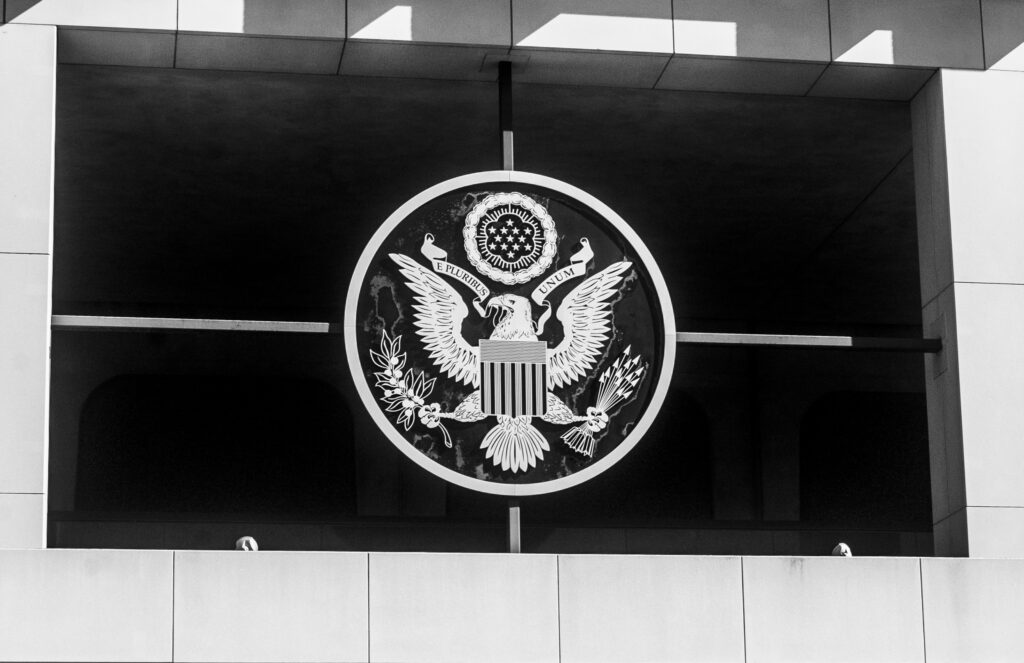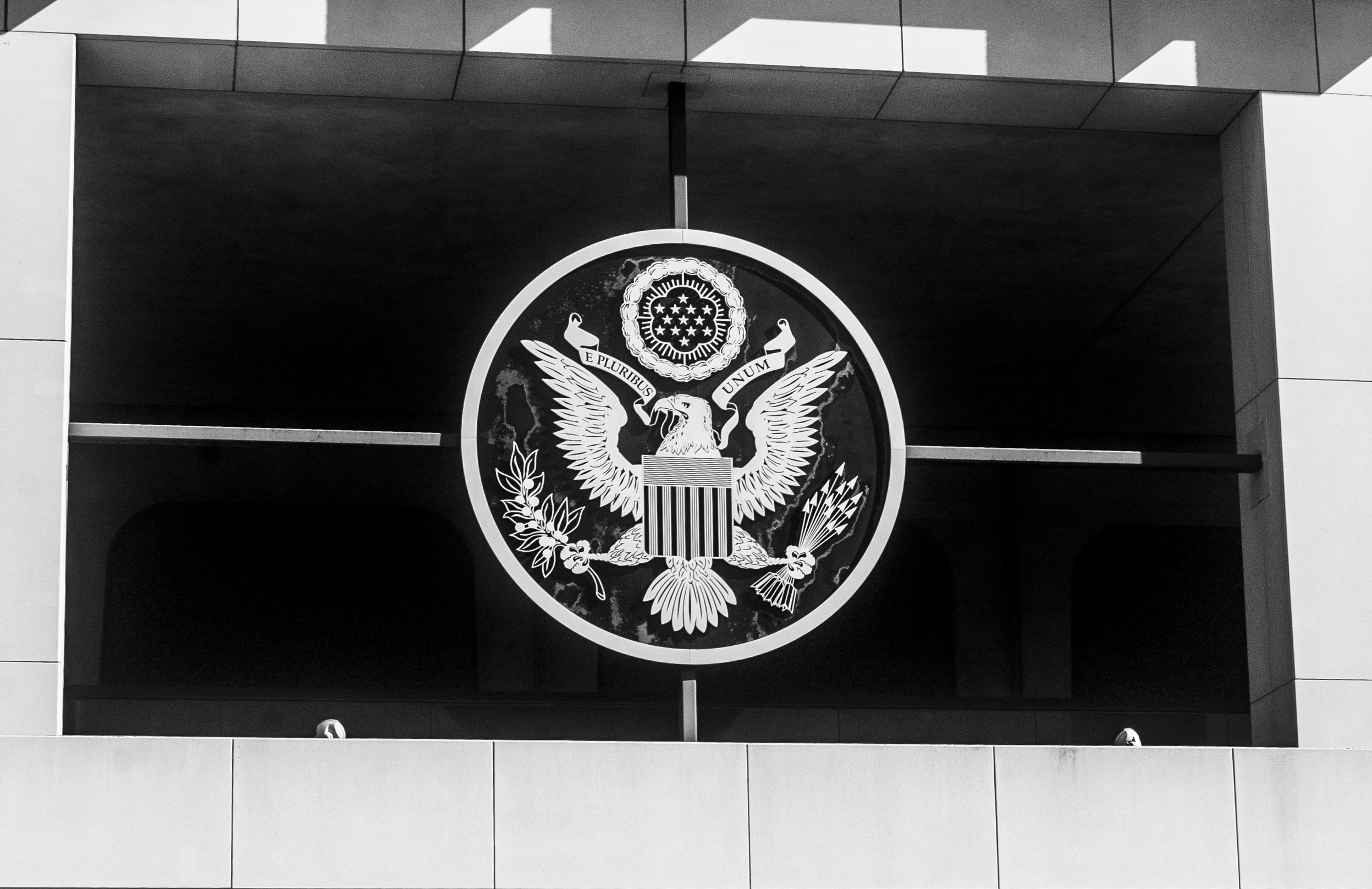An unfair, un-democratic branch has too much power

If the American education system did its job, we should all be aware of how our government is supposed to work. There’s the legislative branch — Congress — which is supposed to make laws. There’s the executive branch — the President, Vice President and many federal agencies — which is meant to carry out the laws. And finally there’s the judicial branch — the Supreme Court and other lower courts — which is meant to evaluate the laws.
This system of checks and balances is meant to protect our democratic freedoms central to the American ideal, but that’s simply not how these branches are currently functioning. The Supreme Court holds an extreme amount of power compared to the other two branches. Meanwhile, it’s approval rating from the American public has fallen more than 17% in a year.
The problems within the judicial branch are complex, but among other things they are a result of fears that the branch has too much power, that the court has been unfairly packed by judges who ideologically don’t represent the wants of Americans and that lifetime appointments pose a political danger to the modern landscape.
In terms of its ability to function, the Supreme Court relies on legitimacy, and right now, that legitimacy should be thoroughly questioned.
Too much power
When the U.S. government was being designed, the founding fathers believed the judicial branch would be the weakest of the three powers. In fact, Congress was meant to be the most powerful. However, political gridlock, lobbyist contributions to politicians and individuals too focused on reelection rather than supporting their constituents has led to relative inaction by Congress.
President Joe Biden can’t seem to get anywhere. Look no further to understand the ineffectiveness of our current system than how two senators, Joe Manchin and Kyrsten Sinema, have completely stalled Biden’s infrastructure bill that would provide care to the aging and disabled, help with housing during a crisis and allow for paid leave following pregnancy (among many other things).
While the Supreme Court does not have the man-power or financing of the other branches, their ability to make and unmake laws with only the resistance of other court members, has in many ways, made it the most powerful branch of the U.S. government.
“In terms of its ability to function, the Supreme Court relies on legitimacy, and right now, that legitimacy should be thoroughly questioned.”
Politically skewed
Despite the fact that only 29% of U.S. registered voters identify themselves as Republican (as compared to 34% who identify as Independents and 33% who identify as Democrats), the Supreme Court has a 6-3 skew of Republican to Democratic judges.
The makeup is not representative of the American people, which is problematic as Supreme Court judges typically vote according to their political affiliation; conservative judges make conservative rulings and liberal judges make liberal rulings. As it stands, the current Supreme Court is likely incapable of making rulings that would represent the wishes of the American people as a whole.
Not to mention the ways in which the court came to be so skewed. In 2016, with roughly 10 months left in his term, Barack Obama chose Merrick Garland as his Supreme Court nominee. Senate Majority Leader Mitch McConnell insisted on blocking any vote on Garland during an election year, saying, the American people should “have a voice.”
In 2019, McConnell went back on his opinion saying he would confirm former President Donald Trump’s Supreme Court nominee if it came up during an election year. And so it did, Trump nominated Amy Coney Barret just 28 days before the election, and she was confirmed to the Supreme Court.
All of this is to say that a president who lost the popular vote and only served one term was able to appoint three new justices to the Supreme Court — one of whom was sworn in when 58 million Americans had already voted — while a president who had won the popular vote twice was unable to appoint a new justice with 10 months left in his presidency. There is a disturbing hypocrisy here that sets a precedent for future appointments that should scare Americans on both sides of the political aisle.
Problematic lifetime appointments
The nature of appointing judges has not changed since America was first established; despite our country, and more importantly, our lifespan, changing quite a bit.
As Chief Justice John Roberts has said, “The Framers adopted life tenure at a time when people simply did not live as long as they do now. A judge insulated from the normal currants of life for 25 or 30 years was a rarity then, but is becoming commonplace today.”
During the formation of our government, the average life expectancy for a white male was 38 years. Today, the average American lives to roughly 78 years of age.
Because we’re living so much longer and the nature of a Supreme Court appointment has become less strenuous over time, judges remain in positions far longer than our founding fathers could have anticipated. As a result, the nomination process that once nearly assured each president the opportunity to nominate several candidates, has now turned into a randomness of life and death.
Two of the last three Supreme Court appointments have followed the death of a justice. With lower and less regular turnover, appointments have become increasingly political and more importantly, have handed increasingly more power to the justices to control American life than ever before.
These long appointments are behind maneuvers like McConnell’s to upend the confirmation process to secure appointments by members of certain political parties. The one branch that was meant to — at least partially — remain politically ambivalent is now a political circus about securing judges who will prioritize party over policy.
“The one branch that was meant to — at least partially — remain politically ambivalent is now a political circus about securing judges who will prioritize party over policy.”
What does it all mean?
While the Supreme Court can often feel far away and distant from the goings-on of our everyday lives, it has the potential to seriously change the way America functions. In the coming months, they will reviewing cases on abortion access, gun control, separation of church and state, state secrets and the death penalty.
The rulings the court decides to take will either challenge or uphold long-held and vital precedents in this country. It should be worrisome that a group of individuals that is clearly politically unrepresentative of the American public, and generally unpopular holds so much power over how our nation functions.
Even if you’re a Republican and your political party is thoroughly represented now, there is no saying that someday the court will not someday skew so wholly against you while still dictating how you live your life.
There are changes that can be made to heal this broken system, such as regular appointments. In this case, judges would serve a limited term, with every president getting to appoint a certain number of justices. This would make the confirmation process less political, as the pressure of lifetime appointments would be gone, and the American public would get somewhat of a say in their justices via their presidential pick.
We no longer live in the 1700s and our government should reflect that. In fact, I doubt very many of those Framers would be pleased with how powerful the judicial branch has become. We supposedly live in a democratic society and unelected officials should not be those with the most power to enact change.
